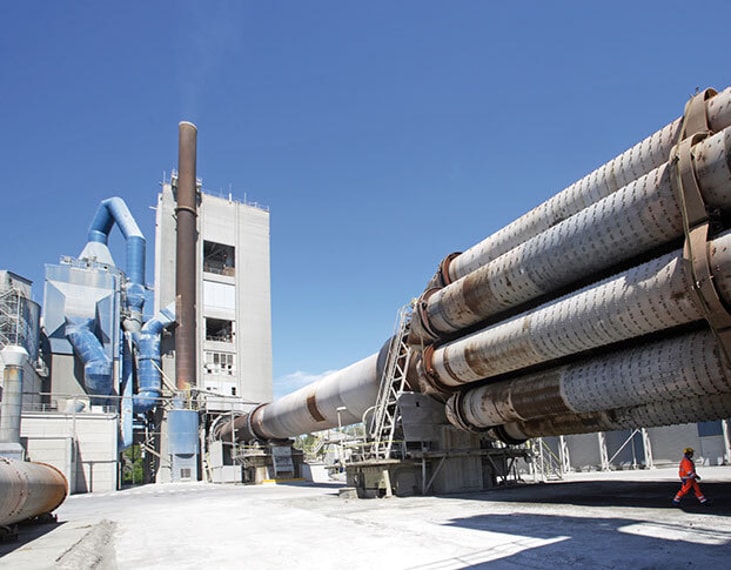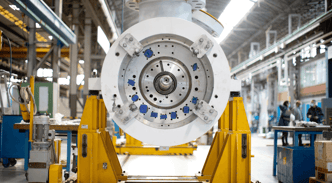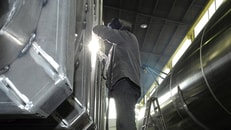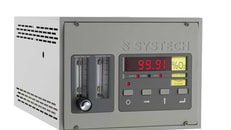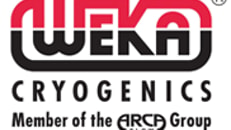Continuous Mercury monitoring benefits cement plants
The production of cement klinker and lime in rotary kilns is responsible for 10.7% of mercury emissions to air (3,337 kg) according to a recent study.
Most of the mercury and mercury compounds pass through the kiln and preheater; they are only partly adsorbed by the raw gas dust, depending on the temperature of the waste gas. For these reasons, monitoring and controlling emissions of mercury to air is important and steps are being taken in several countries to impose emission limits. In the European Union BREF guidance for Cement kilns (CLM BREF), mercury has a BAT-associated emission level of 0.05 mg/Nm3 (50 µg/Nm3) for the half-hour average.
New monitoring technology
Gasmet Technologies, a Finnish manufacturer of emission monitoring instruments has launched a new continuous mercury emission monitoring system (CMM) based on the cold vapour atomic fluorescence (CVAF) measurement principle. The analyser is integrated in an air conditioned cabinet together with a vacuum pump, an automatic calibrator and a nitrogen gas generator. The sample gas is extracted from the process duct with a dilution probe and heated sample line specially designed for sampling mercury from harsh process conditions. The analyser has a detection limit of 0.02 µg/Nm3 and the lowest measuring range for total mercury concentration is 0 – 10 µg/Nm3 when a dilution rate of 1:50 is used in the sample extraction probe.
... to continue reading you must be subscribed

